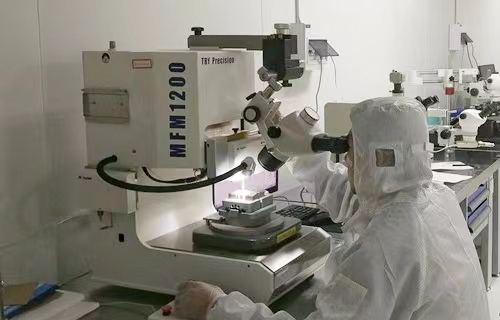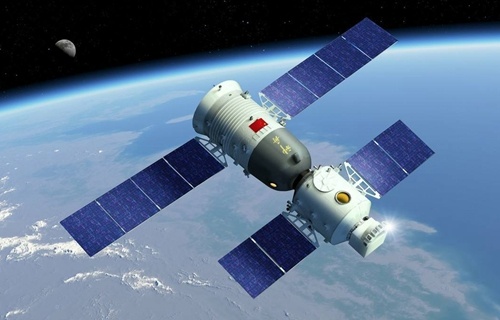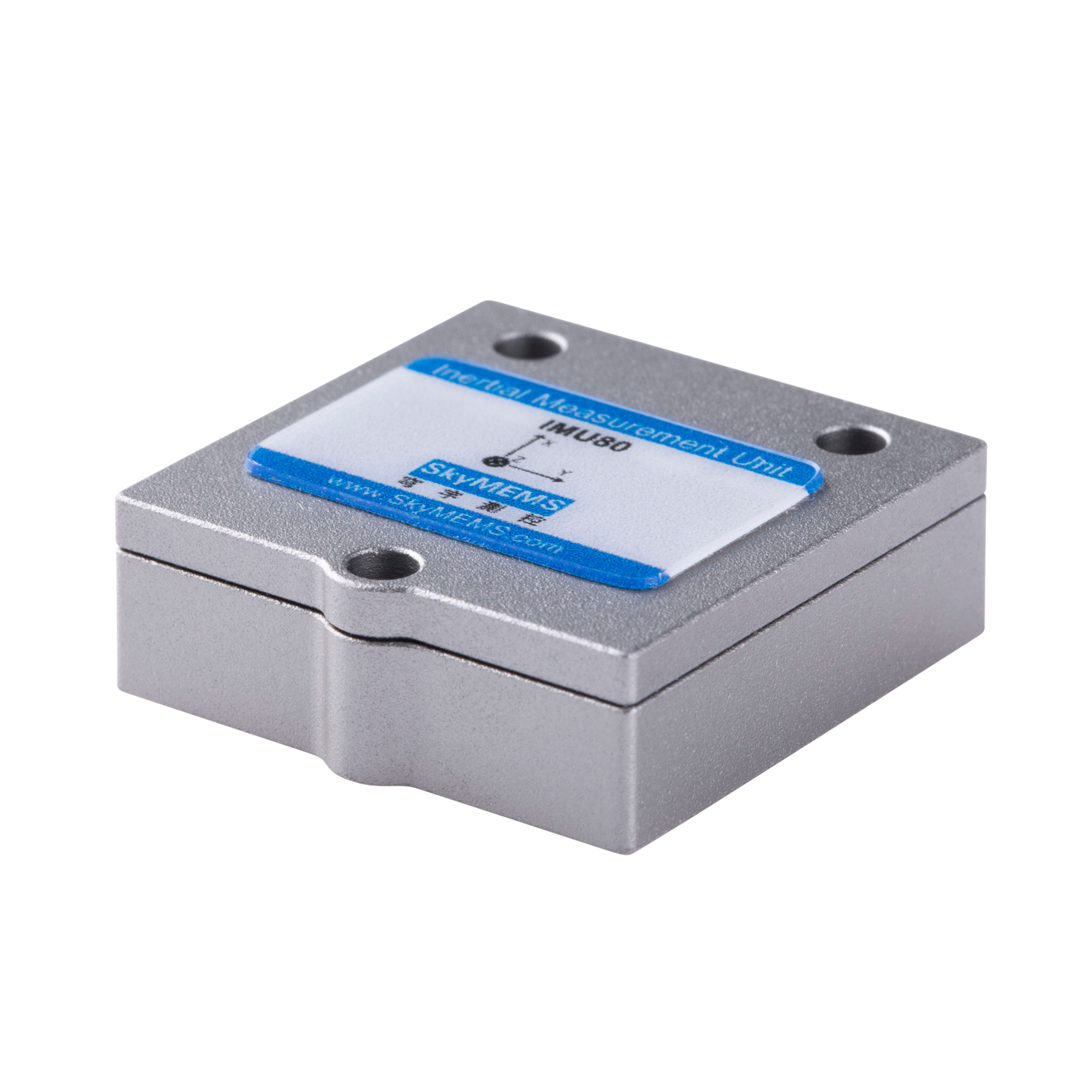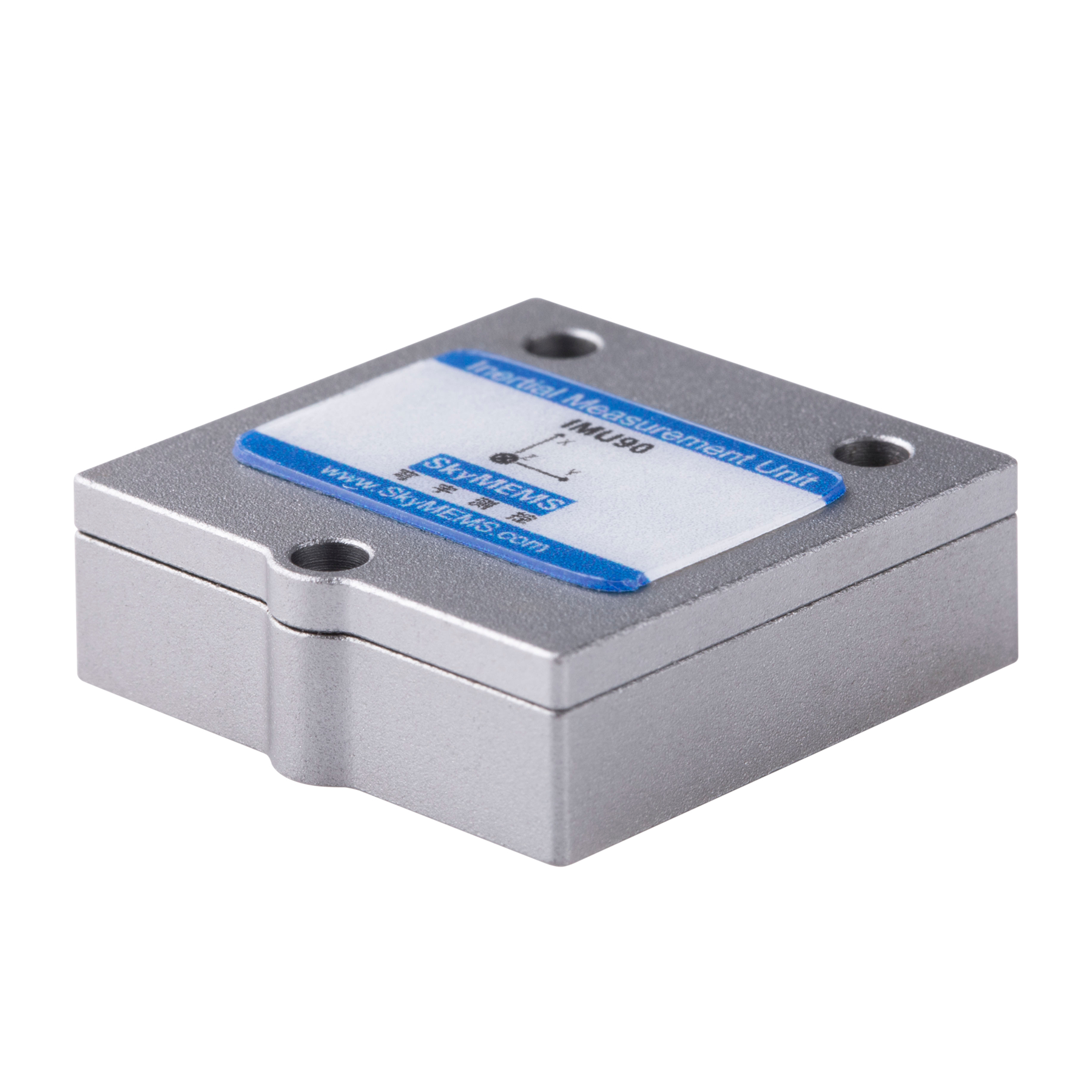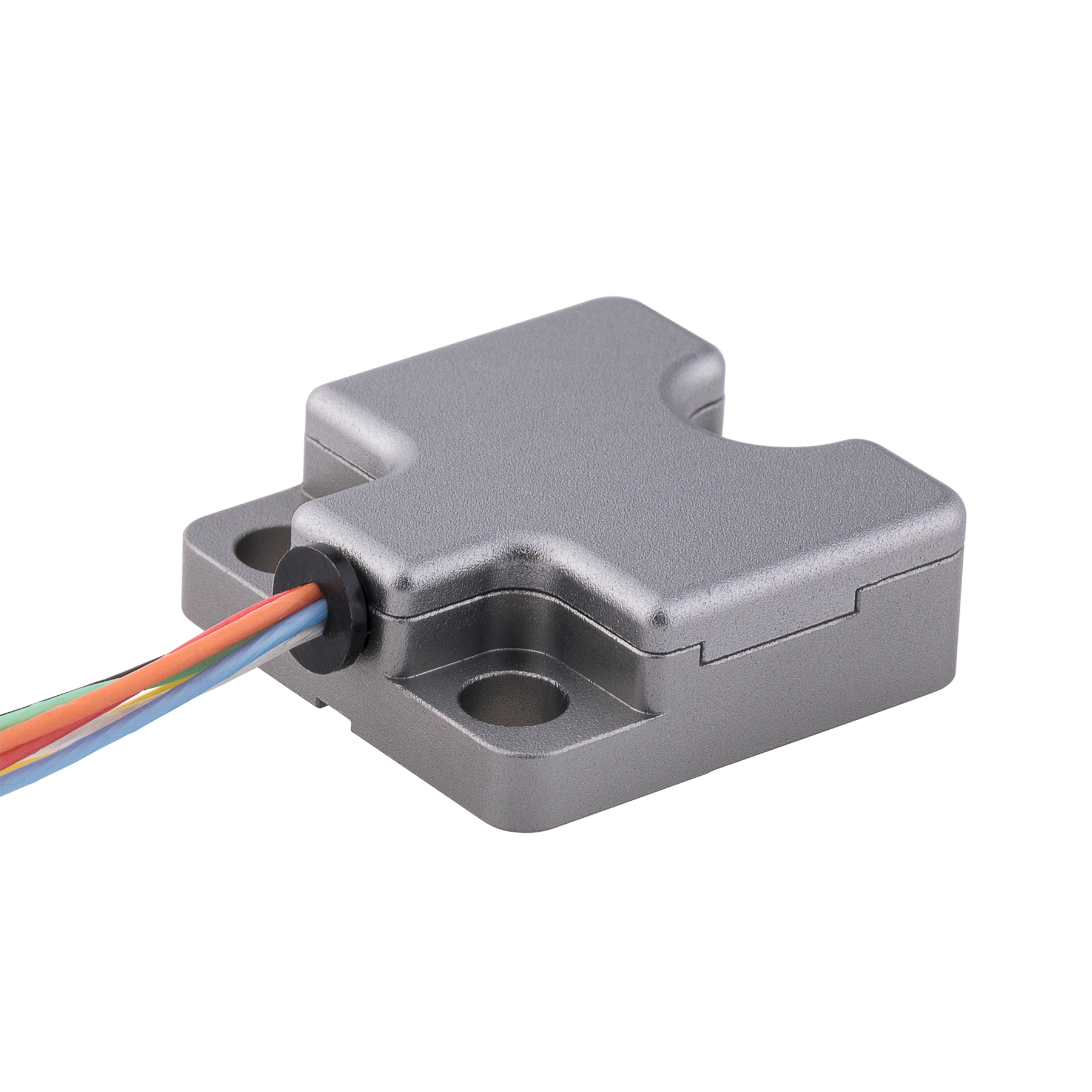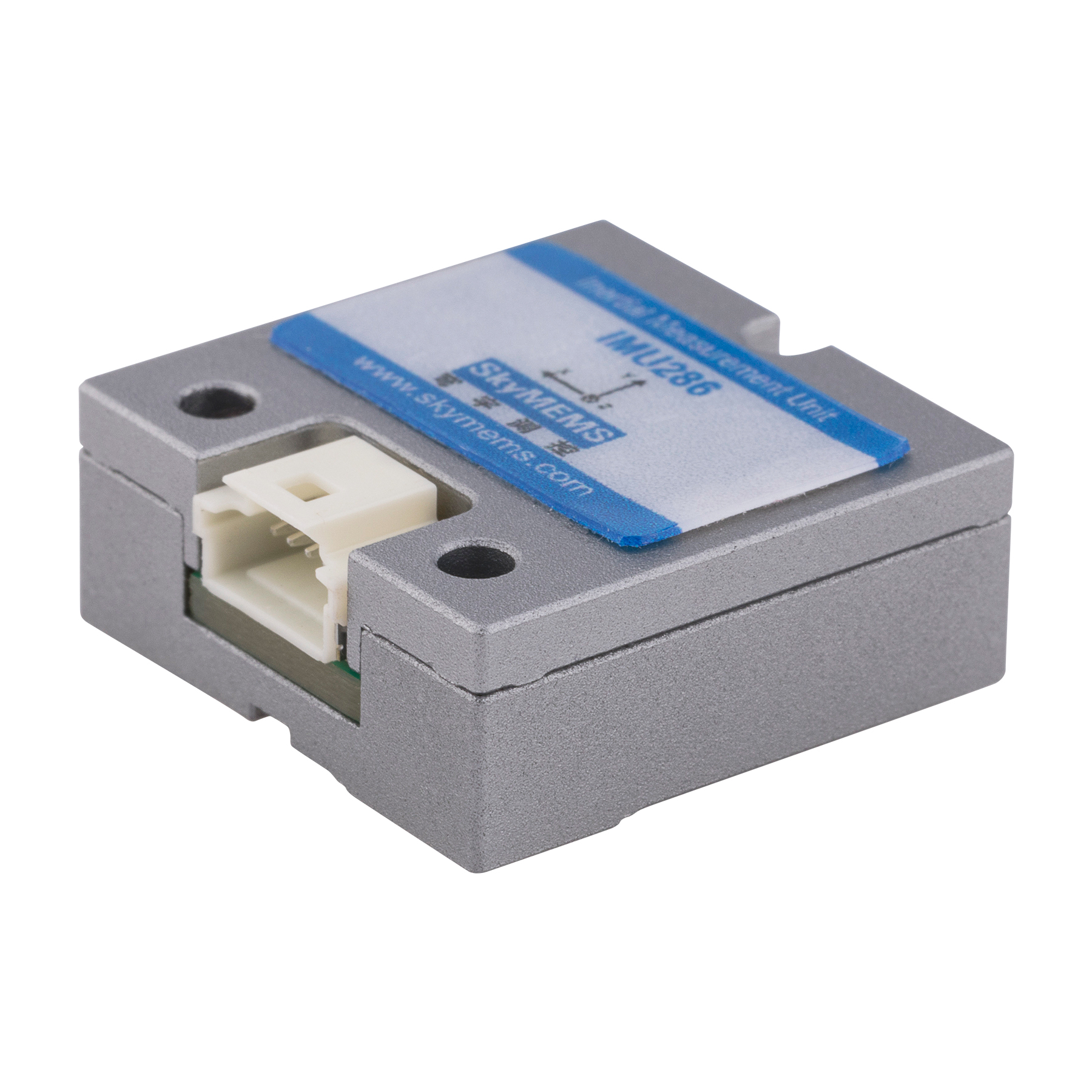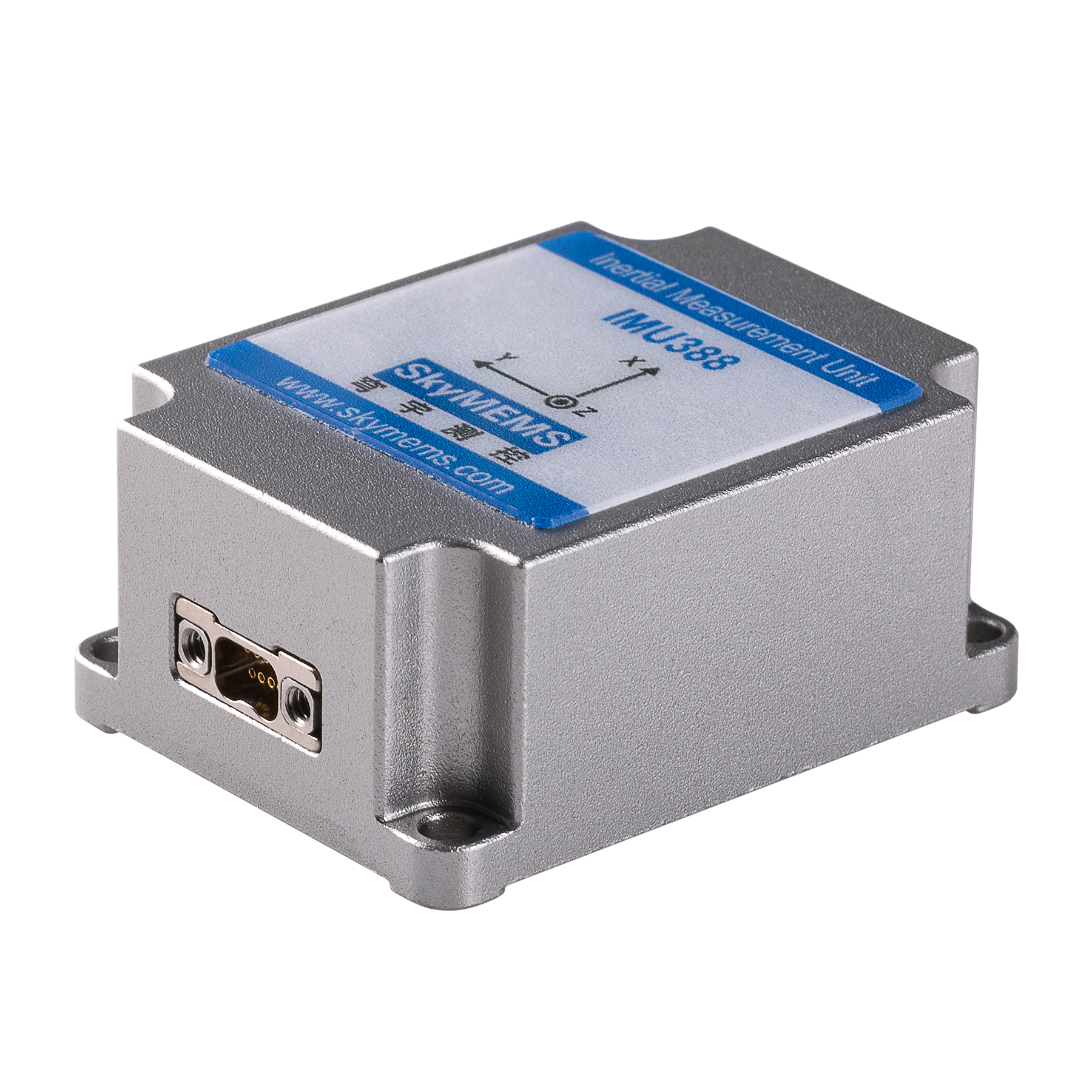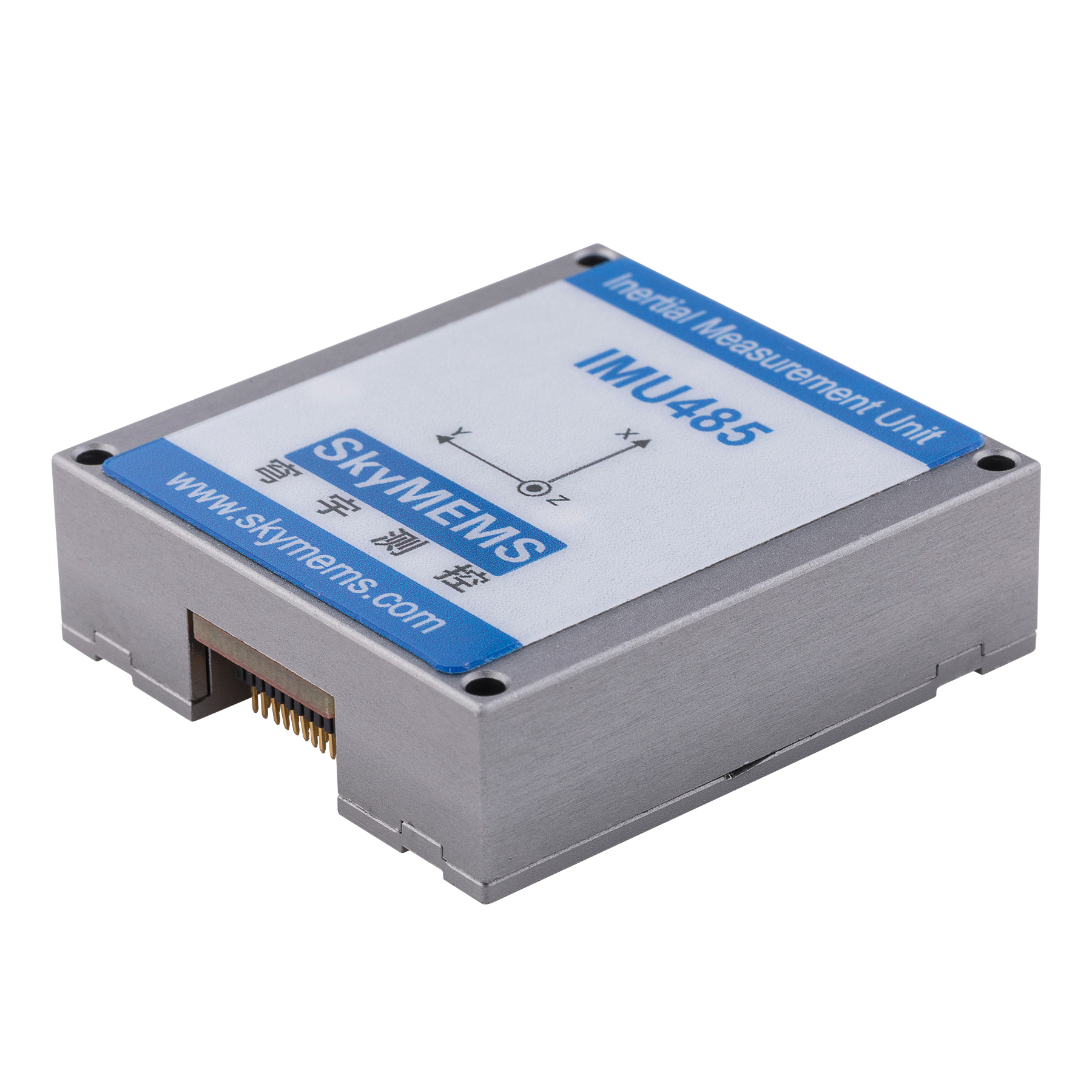In the wave of modern high technology, many innovative devices are inseparable from precise control technology. The IMU (Inertial Measurement Unit) system is such a behind-the-scenes hero that silently supports the development of multiple industries. It has been widely used in many fields such as unmanned driving, aerospace, robotics, and consumer electronics by accurately measuring the movement and posture of objects.
What is IMU?
As its name implies, the IMU system is a device that, through the principle of inertia, can measure the position, velocity, acceleration, and orientation of an object in real time. Its operation relies on a variety of integrated sensors that comprise accelerometers, gyroscopes, and magnetometers. Utilizing these sensors, the movement information of an object in three dimensions can be captured by the IMU system, and then its travel path and orientation state can subsequently be calculated.
The Major Parts of the IMU System Comprise
Accelerometer:
It measures the acceleration of an object in a particular direction. The recording of the state of motion of the object.
Gyroscope:
It provides information on the rotation angle and direction of the object. This is based on the measurement of the rate at which an object rotates.
Magnetometer:
It is like an electronic compass, which measures the direction of the magnetic field of the Earth and gives reference to the positioning of the object.
These sensors cooperate by sharing their data for making it possible for the IMU system to accurately calculate the object’s trajectory and posture changes without the support of external signals.
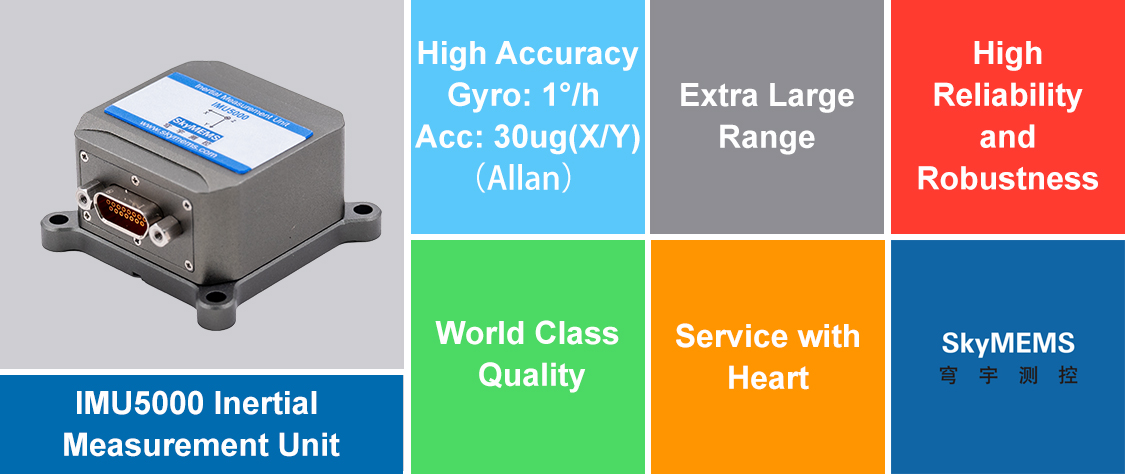
How the IMU System Works
The fundamental operation of the IMU system relies on the principle of inertia: as an entity moves or turns, the accelerometer and gyroscope transform this data into electric signals, which are then processed by the algorithms of the IMU system to ultimately determine the real-time position, orientation, and motion status of that entity. In simpler terms, the IMU system resembles human perception regarding sensing variations in the surrounding environment, except that it can compute and respond in much more accurate ways and at much greater speeds.
For instance, as you play a game on your phone, the IMU system in the device can sense the rotation or tilt of your hand and adjust the screen display angle right away to make the gaming experience more engaging and lifelike.
Practical Use of the IMU System
As a high-accuracy measurement instrument, the IMU system is very crucial for many industries. Some common application scenarios are listed below:
Self-driving Technology
In unmanned vehicles, the IMU is very integral. The car calculates the position and posture of the vehicle with acceleration and rotational angular velocity in the absence of a GPS signal; hence, the car drives stably. Especially where there is no GPS signal, for example, inside tunnels or underground garages, then the role of IMU systems becomes much more important.
Aerospace
Another indispensable application of IMU systems is in the navigation of spacecraft, which comprises aircraft, satellites, and missiles. It measures the attitude of the aircraft in real time (such as pitch, roll, yaw) so that the aircraft can maintain smooth flight within the prescribed air channel. Precisely controlled space missions are assured of core technical guarantees by IMU systems.
Robotics
IMU systems are very significant in industrial robots as well as service robots in the consumer field. It enables the robot to keep its balance, position accurately, and so fine operations. So, in automated production lines, IMU makes it possible for the robot to quickly and accurately do its work, and hence improve the efficiency and accuracy of production.
In virtually all present-day VR and AR devices, IMU systems find their place in the HMD devices. By tracking movements of the user’s head or hand on a real-time basis, an IMU aids the overall device in synchronizing the virtual scene accurately so that users get a more realistic and immersive experience.
Consumer Electronics
In particular, IMU systems find their applications in consumer electronic devices like smartphones, tablets, and game controllers to sense user movements. For instance, the gyroscope of a mobile phone can detect the angle at which you rotate the phone and adjust the screen display direction accordingly, giving you a more convenient operating experience.
The other area where the military exploits IMU technology is in their missiles and drones. This enables these devices to realize accurate navigation and stable control, which in turn ensures smooth accomplishment of the mission.
Advantages of IMU Systems
The very factors that have made many applications adopt IMU systems are based on their several unique advantages:
High Precision
The motion measurements by IMU systems are quite accurate, particularly in dynamic environments. It can accurately capture small changes in objects. Such high precision is very critical for some extremely demanding fields. No external signals are required for its operation.
No Need for External Signals
Unlike the external positioning system, GPS, the IMU does not rely on external signals. It relies on a principle of inertia; hence, even in environments where the Ga GaPS signal is not receivable (for example, inside tunnels, underground, etc.), accurate positioning information can be obtained from the IMU.
High Speed
The data acquisition and processing speed of the IMU system is very fast, and it can complete the measurement of position, speed, and attitude within a few milliseconds. This is crucial for systems that require real-time response (such as unmanned driving, robot control, etc.).
Wide Applicability
The use of IMU systems is very broad, whether it is high-precision navigation, equipment attitude control, virtual reality, smartphones, or other consumer electronics. It can be applied.
Future Development Trend
With ever-growing technological steps, the accuracy and reliability, plus power consumption of the IMU system, shall become further optimized. Perhaps one day soon, we will see IMU sensors more miniaturized and low-cost yet with much stronger anti-interference abilities and longer service lives. Also, fusion between IMUs and other sensor technologies (for example, visual sensors, lidar, etc.) will further broaden applications and hence fast-track industries like autonomous driving, robotics, and intelligent manufacturing to new heights.
Conclusion
The IMU system is a part of essential contemporary technologies. Because of its real-time, high-precision, and independence features, it plays a very important role in unmanned driving, aerospace, and robotics. As technology continues to develop, the IMU system will realize more potential in more fields and thereby push technology further along the path toward intelligence. If technology is changing the world, then the IMU system is one of the engines.

